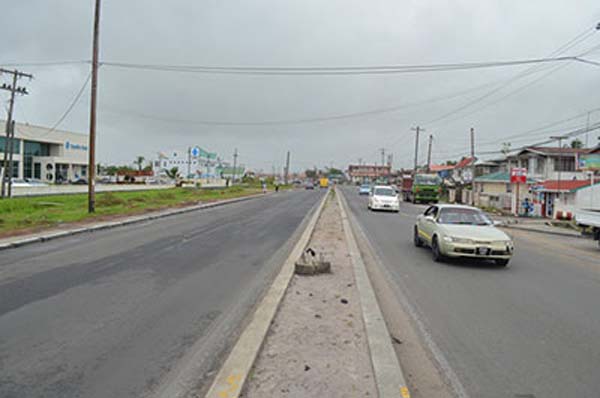Five-year review of IDB…Infrastructure projects faced procurement issues, delays, cost overruns
Oct 19, 2017 , https://www.kaieteurnewsonline...elays-cost-overruns/
 The troubled East Bank Demerara four-lane extension between Providence and Diamond, was funded by IDB.
The troubled East Bank Demerara four-lane extension between Providence and Diamond, was funded by IDB.
